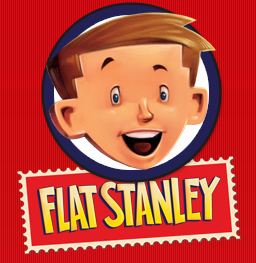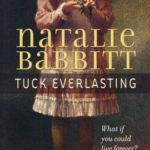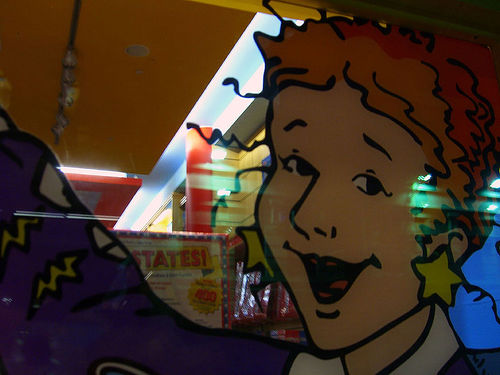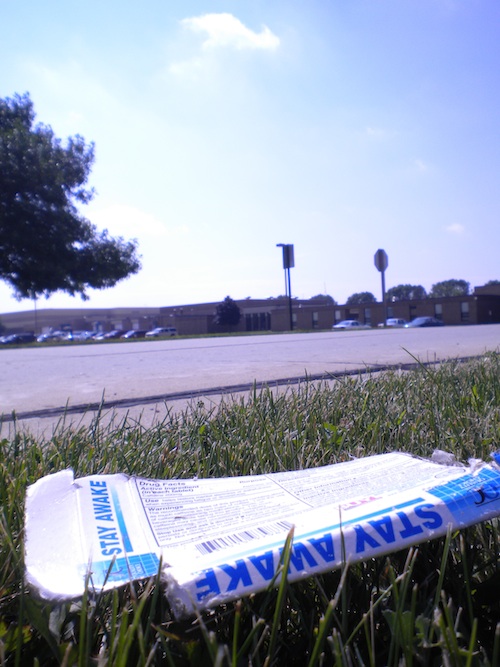My online life this summer has taken some amazing turns. I am having a delightful time learning and growing as a creator and contributor. I’ve connected with more people, and I’m collaborating on two big events right now–the Global Read Aloud, which I wrote about last week, and the Reform Symposium Conference, which starts tomorrow. Reform Symposium Conference, or RSCON3, is an online educational conference with hundreds of planners, moderators, and presenters, as well as 8,000+ participants. I’m looking forward to it–a three-day conference of genuine professional development.
Well, I’m a bit nervous about this, but I volunteered to lead a session at RSCON3 about uploading a directory map onto a wiki. It was something I learned to do this summer, and it has some tricky steps.
I decided to make this blog post for a couple reasons.
- There are those who may be interested in the subject, but can’t make it at 8:30 a.m. Central Time on Saturday, July 30. (That would also be called UCT-5. I love that we are learning so much geography as we connect and collaborate globally.)
- Some participants in my session will need to come back here for more information.
- Some of you who read this will decide to attend the Reform Symposium Conference. It’s not too late to sign up, if you are seeing this before July 31.
Anyway, in this post I am not going to explain how to make a map, but I am going to add my slides and a Google Doc, all of which will be helpful if you care to add a map to your webpage.
Thanks so much for reading, and I hope you will attend my session on Satuday morning. Here is the link to the Elluminate room 42, where my workshop will be held. I will be waiting there with bells on! Here is the schedule for the complete conference.
The session I’ll be leading will mostly talk about making a self-updating map, but BatchGeo.com is another way to make a directory map. It is a very simple process. In this screencast I show you how.














